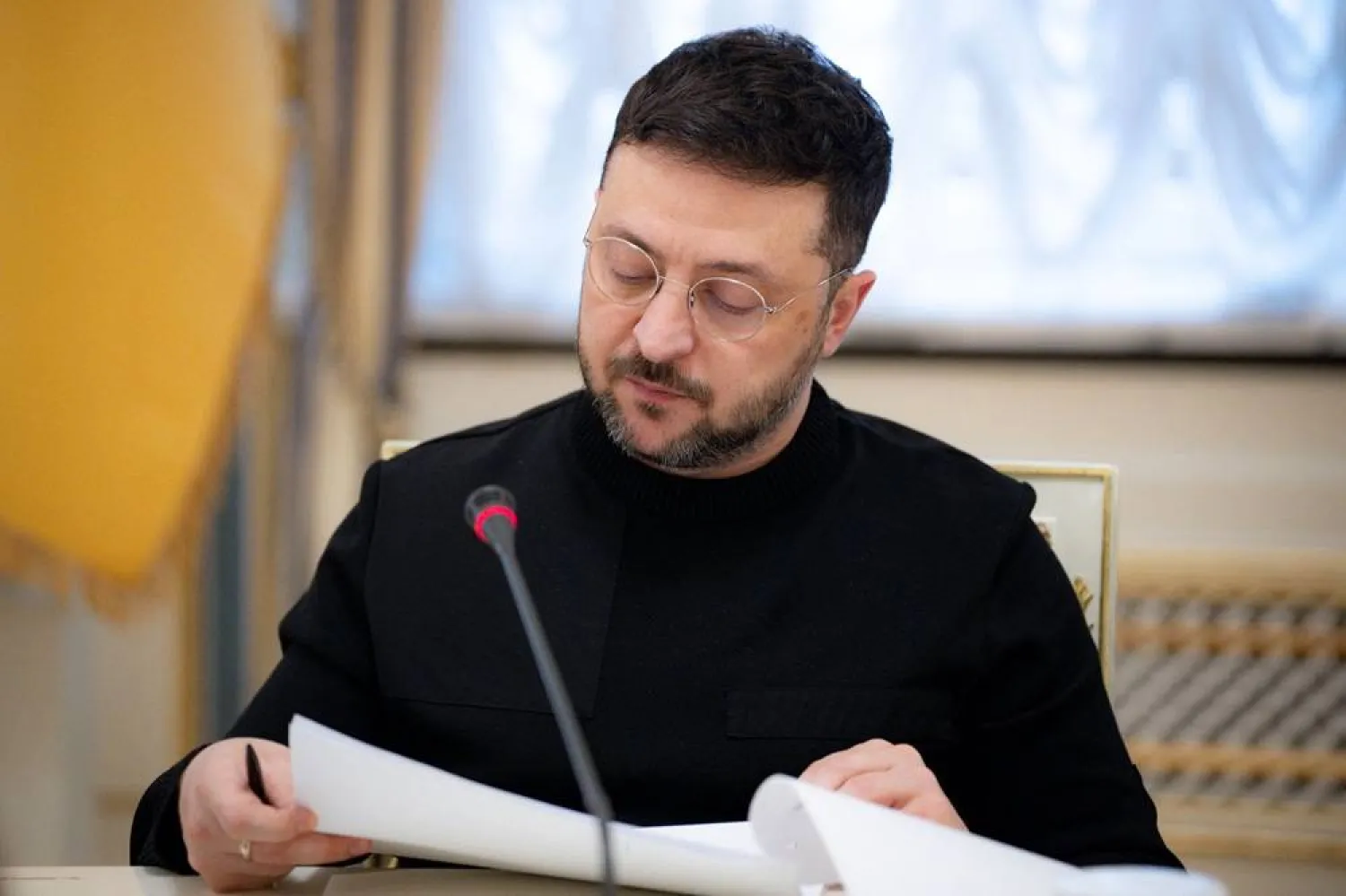The humanitarian needs of hundreds of thousands of survivors remain desperately pressing a month after Myanmar’s deadly earthquake, compounded by airstrikes that the military government is reportedly carrying out despite ceasefires meant to aid relief efforts during the country’s civil war.
The 7.7 magnitude March 28 quake hit a wide swath of the country, causing significant damage to six regions and states, including the capital, Naypyitaw. Myanmar’s Department of Meteorology and Hydrology reported Monday there had been 157 aftershocks after the big quake, ranging in magnitude from 2.8 to 7.5.
State-run MRTV television reported on Sunday the quake’s death toll had reached 3,769, with 5,106 people injured and 107 still missing. The earthquake left many areas without power, telephone or cell connections and damaged roads and bridges, in addition to tens of thousands of buildings.
In some quake-hit areas, bereaved relatives and friends of the disaster’s victims on Monday offered donations to monks, a Buddhist tradition to transfer merit and blessings to the deceased.
A report released Monday by the Myanmar Witness project of the London-based Centre for Information Resilience said the group had documented 80 post-quake airstrikes by the military across multiple regions, including 65 after the army declared its unilateral ceasefire on April 2, following similar declarations by its battlefield foes.
Myanmar has been in turmoil since the army’s 2021 takeover ousted the elected government of Aung San Suu Kyi, which led to nationwide peaceful protests that escalated into armed resistance, uniting pro-democracy activists and ethnic minority guerrilla groups that have long been fighting for autonomy
“Myanmar’s population was already on its knees after years of SAC aggression and armed conflict,” said Myanmar Witness project director Robert Dolan, referring to the military’s ruling State Administration Council. “The layers of suffering are hard to comprehend — we’ve seen regions wrecked by war and then the earthquake, only to sustain further damage from continued airstrikes.”
The shadow National Unity Government, the main opposition group coordinating resistance to military rule, said Saturday in a statement that the post-quake bombings “have primarily targeted civilian areas — markets, residential zones, Buddhist monasteries, and Christian churches — resulting in the deaths of over 200 civilians, including at least 24 children, from March 28 to April 19, 2025.”
The military government hasn’t directly commented on the airstrikes, but when it extended its ceasefire on April 22, it reserved the right to respond as “necessary” to certain activities by the resistance forces.
Independent evaluation of most war claims by either side is impossible, due to the military’s restrictions on reporting and the remoteness of where many incidents take place.
Dire living conditions
UN agencies and other humanitarian organizations, meanwhile, stress that living conditions remain dire for earthquake survivors. They note that even before the earthquake, the civil war had displaced more than 3 million people and left nearly 20 million in need.
“Critical needs remain for safe shelter, clean water and sanitation, physical and mental health care, comprehensive protection services and cash assistance,” the United Nations Office for the Coordination of Humanitarian Affairs said Friday in its latest situation report.
Many who lost their homes are still in makeshift tents with little to protect them from pre-monsoon storms ahead of the months-long rainy season, which normally begins in May, humanitarian services say.
“The delay in removing earthquake debris is increasing the risk of vector-borne diseases, as stagnant water and poor sanitation create breeding grounds for disease-carrying insects,” said the UN report. “Limited access to safe drinking water and clean sanitation poses a significant threat of waterborne diseases, compounded by the absence of rapid diagnostic tests, which delays the detection of potential outbreaks."
The International Federation of Red Cross and Red Crescent Societies said in a report released Monday that displaced people were living outdoors in temperatures of up to forty degrees Celsius (104 degrees Fahrenheit), with an overwhelming fear of further aftershocks.
Reconstruction starts In Naypyitaw, the damaged buildings of the labor and foreign ministries have been demolished for new construction, said a resident who asked not to be named for security reasons. Debris at markets and schools has been cleaned by municipal workers, while thousands of people, who lost their homes, were still living under tarpaulin sheets, he said.
He said that he was told that the departments and offices of several ministries will be temporarily relocated to Yangon, the country’s former capital and largest city, until their offices can be rebuilt.









